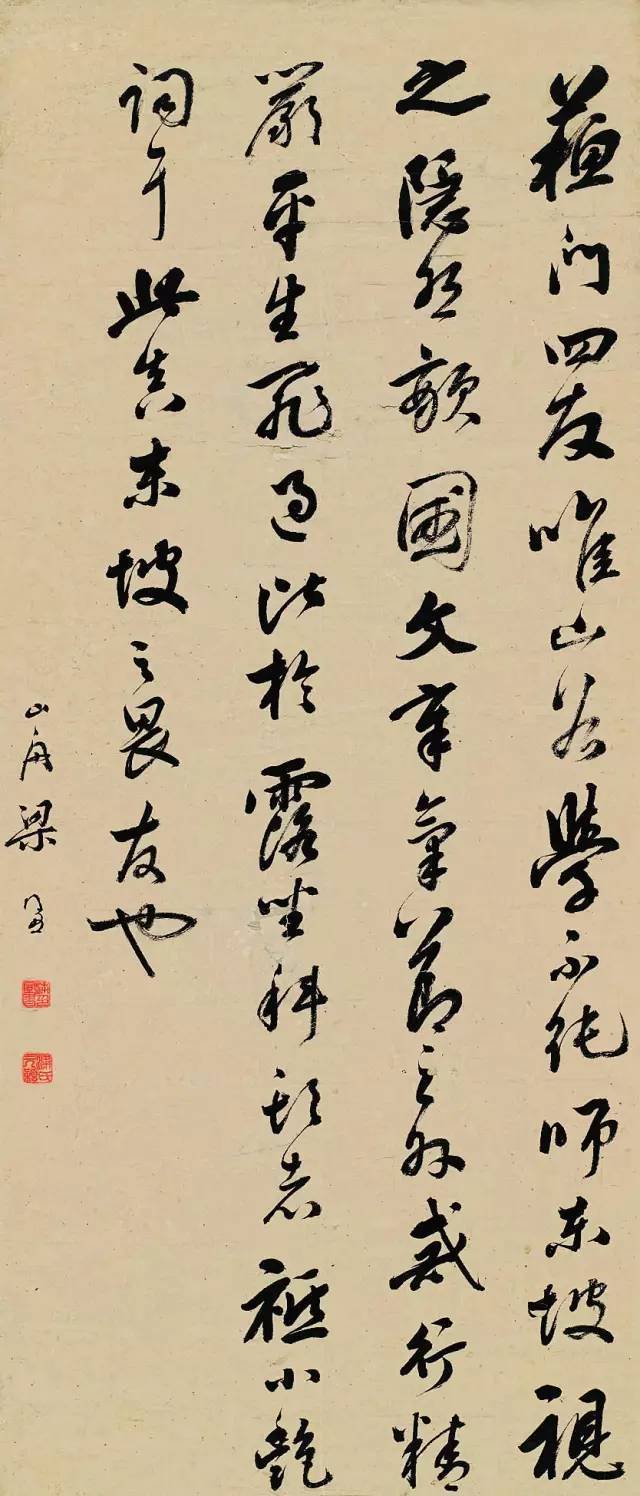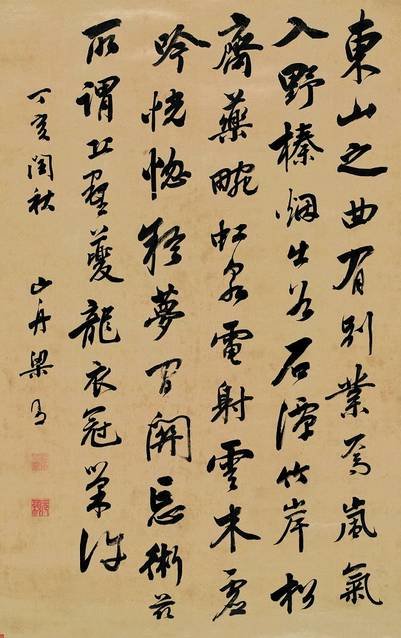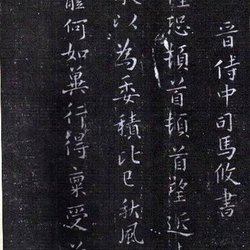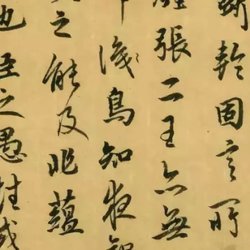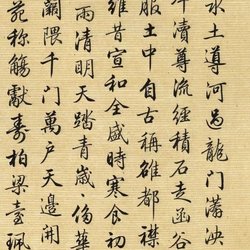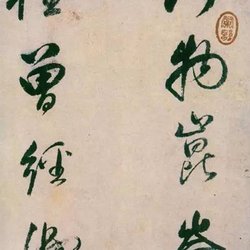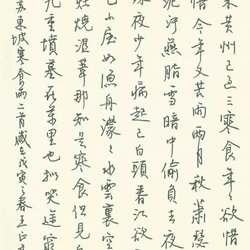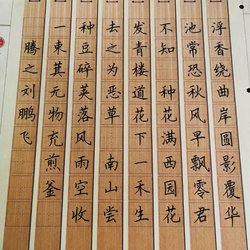The ink writings of ten famous calligraphers who stood out through the imperial examinations in the mid-Qing Dynasty. They had many achievements in governance and scholarship, and were even more accomplished in calligraphy. They were great calligraphers at that time. This article uses "ink marks" to show how they inherited and promoted the fact of Chinese culture.
No1: Tiebao
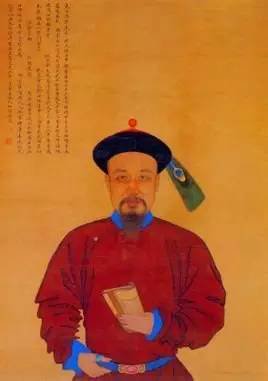
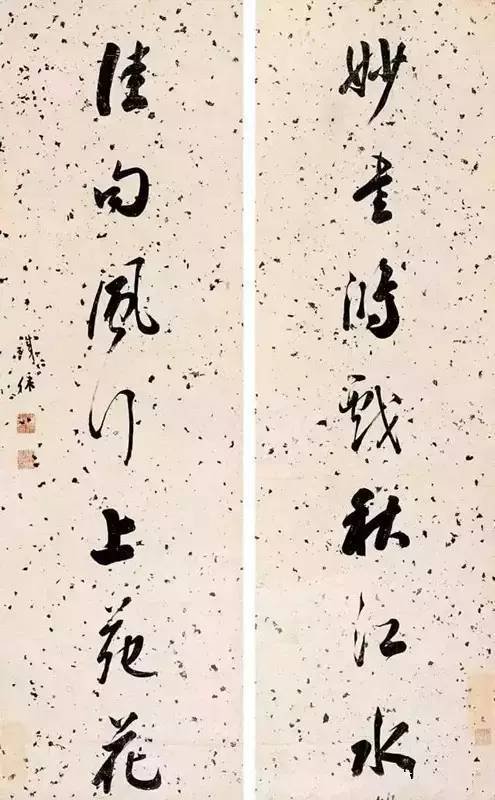
Wonderful calligraphy plays with the autumn river water, and good verses are popular among Shangyuan flowers.
Tiebao, (1752-1824) was a native of Zhenghuang Banner in Manzhou. In the thirty-seventh year of Qianlong's reign, he became a Jinshi. From official position to Minister of the Ministry of Civil Affairs and Governor of Liangjiang. His calligraphy is based on Yan Zhenqing, who specializes in cursive calligraphy. Wang Xizhi, Huai Su, Liu Yong and Weng Fanggang are the masters of cursive calligraphy. He also likes to draw plum blossoms and writes poems on plum boxes.
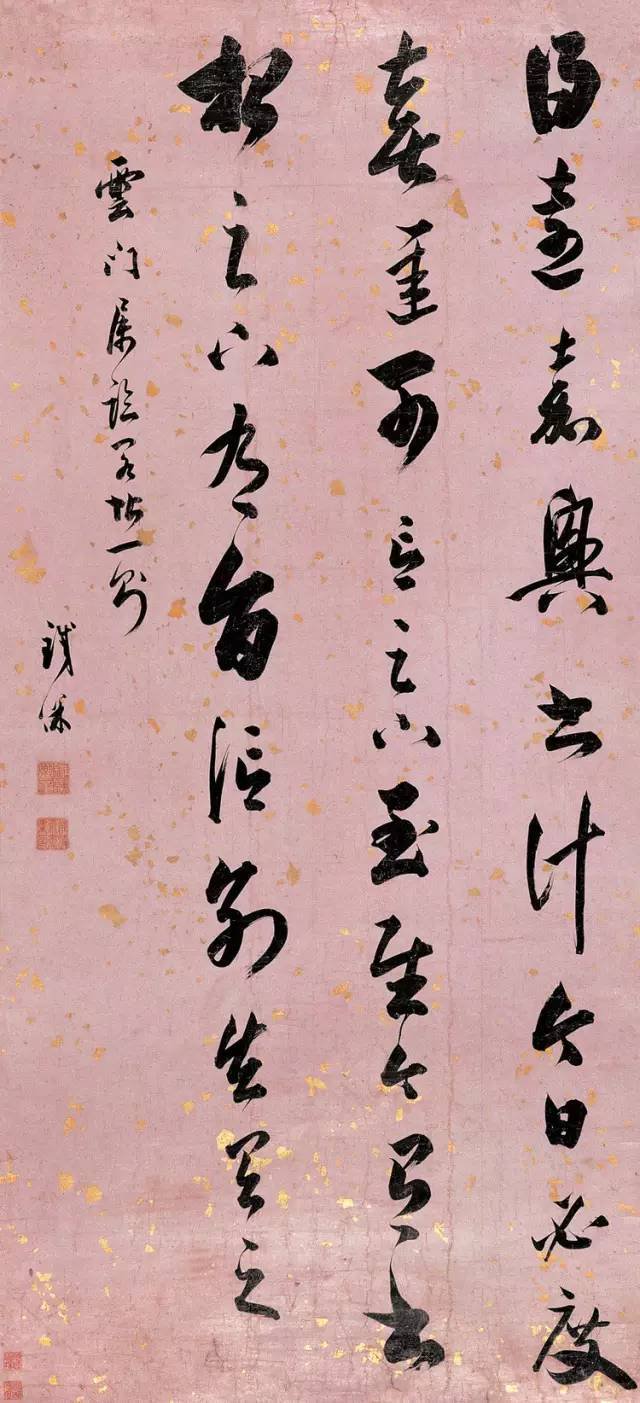
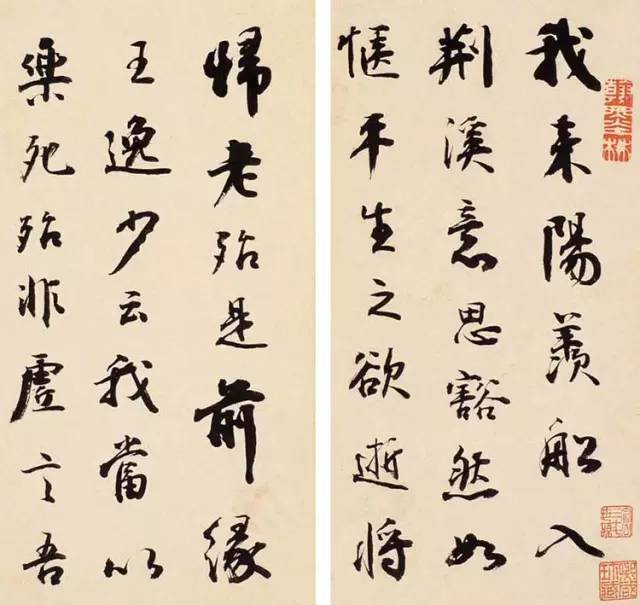
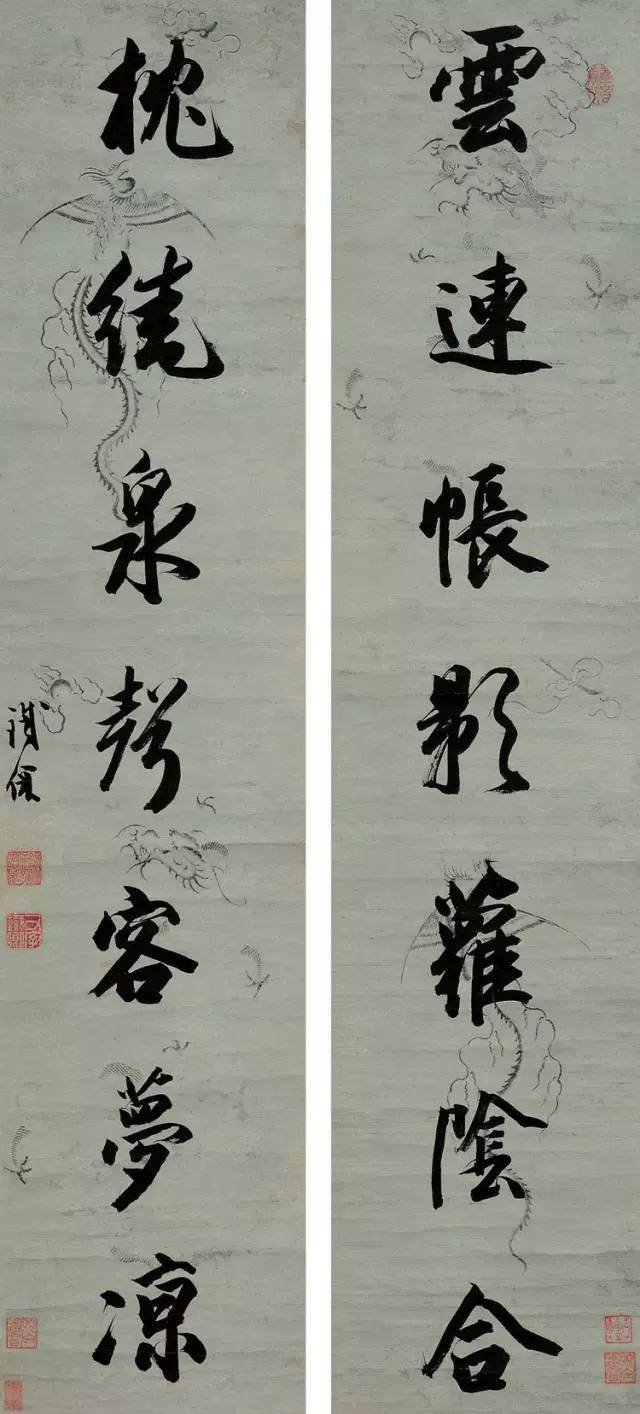
Tiebao was well-known for his articles and calligraphy. He is the president of the "Tongzhi of the Eight Banners" and compiled the poems of the bannermen into 134 volumes of "Baishan Poetry Introduction", and his own works were compiled into "The Complete Works of Wei Qingzhai". Tiebao is the most famous calligrapher among the Manchus. When he was exiled to Jilin, he was still diligent in copying ancient Dharma texts, which caused eye diseases. It is engraved with "Wei Qing Zhai Tie".
No2: Guo Shangxian
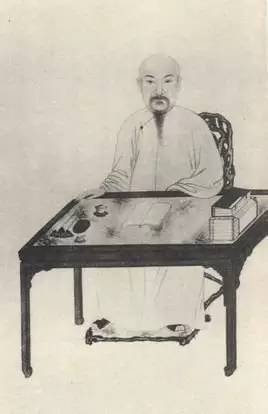
Guo Shangxian (1785-1832) was a native of Putian, Fujian. Jinshi in the 14th year of Jiaqing. He was promoted to the right minister of the Ministry of Rites. Erudite and good at writing, he wrote many books: he also worked as a painter, and was good at painting orchids and bamboos. His calligraphy was imitated by Zhao Dong, and his fragrance was natural. After middle age, he kept pace with Dong Siweng.
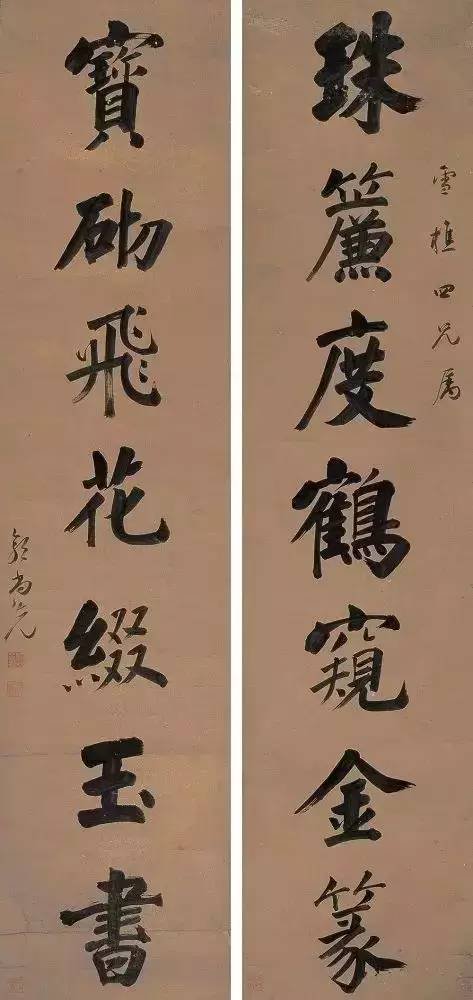
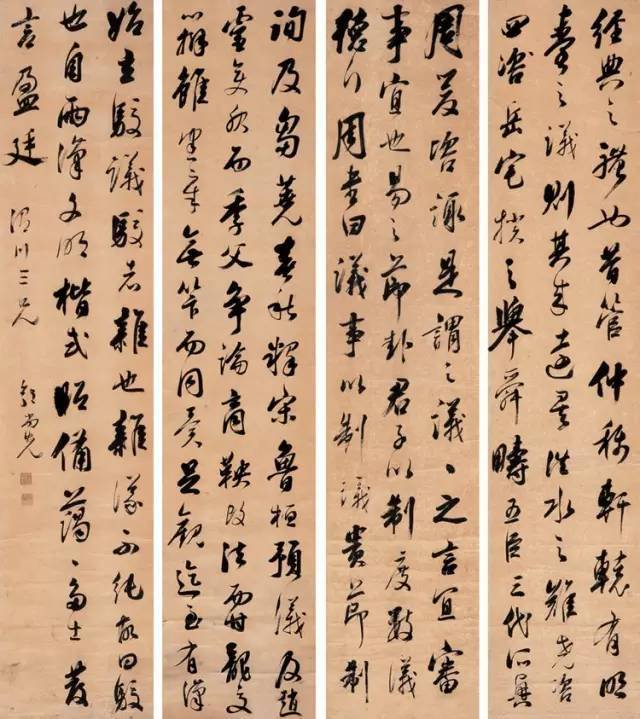
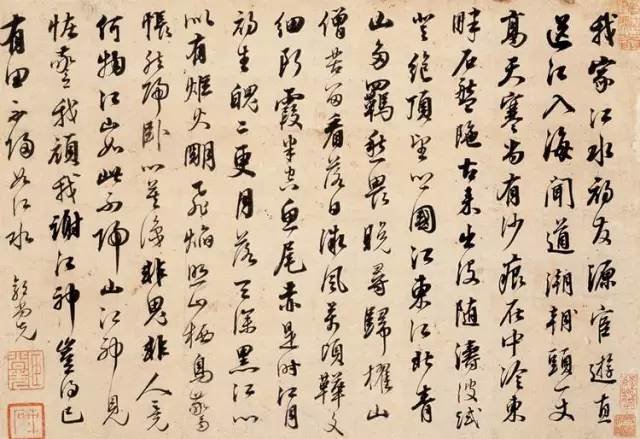
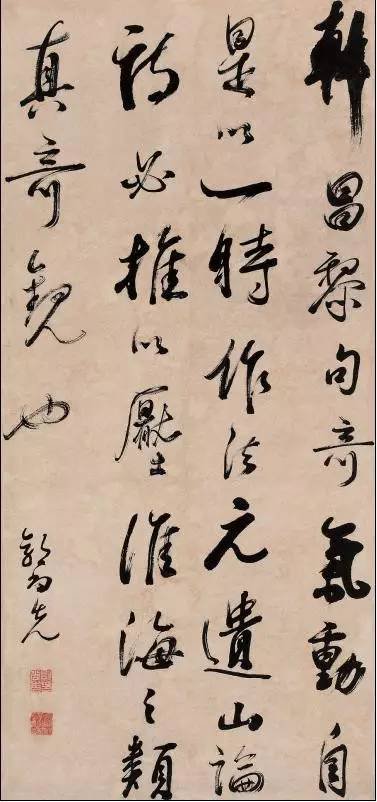
No3: Liu Yong
Liu Yong, (1719-1803) was born in Zhucheng, Shandong. He was a Jinshi in the 16th year of Qianlong's reign. He was an official and became the Minister of the Ministry of Civil Affairs. He was good at running calligraphy. He followed the example of Zhao, Dong, Su and other great masters of the past dynasties. In his later years, he devoted himself to the tablets of the Six Dynasties. , the book is famous all over the world, and it is a family of its own. It is rich in appearance and strong in taste, rich in taste and hidden in spirit. It is not caged by the ancients, and it is transcendent and unique. He is the author of Liu Wenqing's poetry collection and other works.
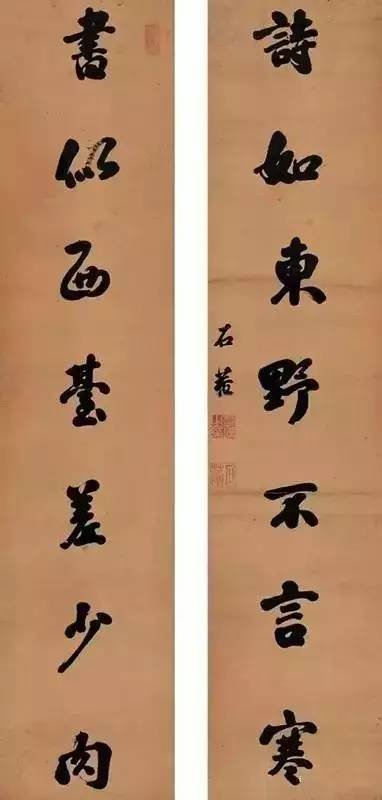
Critics spoke highly of his calligraphy. "Manuscripts of Qing History - Biography of Liu Yong" records: "Yong Gongshu was famous at that time." Zhang Weiping of the Qing Dynasty said in "Songxuan Essays": "Liu Wenqingshu first came from Zhao Songxue, and after middle age he became his own family. He is handsome and strong. The taste is rich and deep, not favored by the ancients, it is aloof and unique."
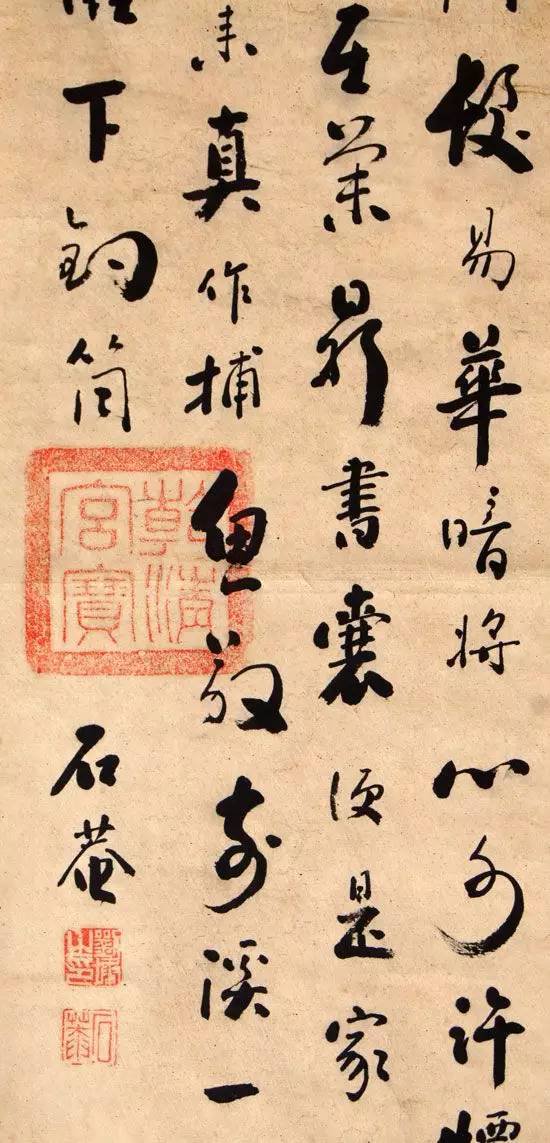
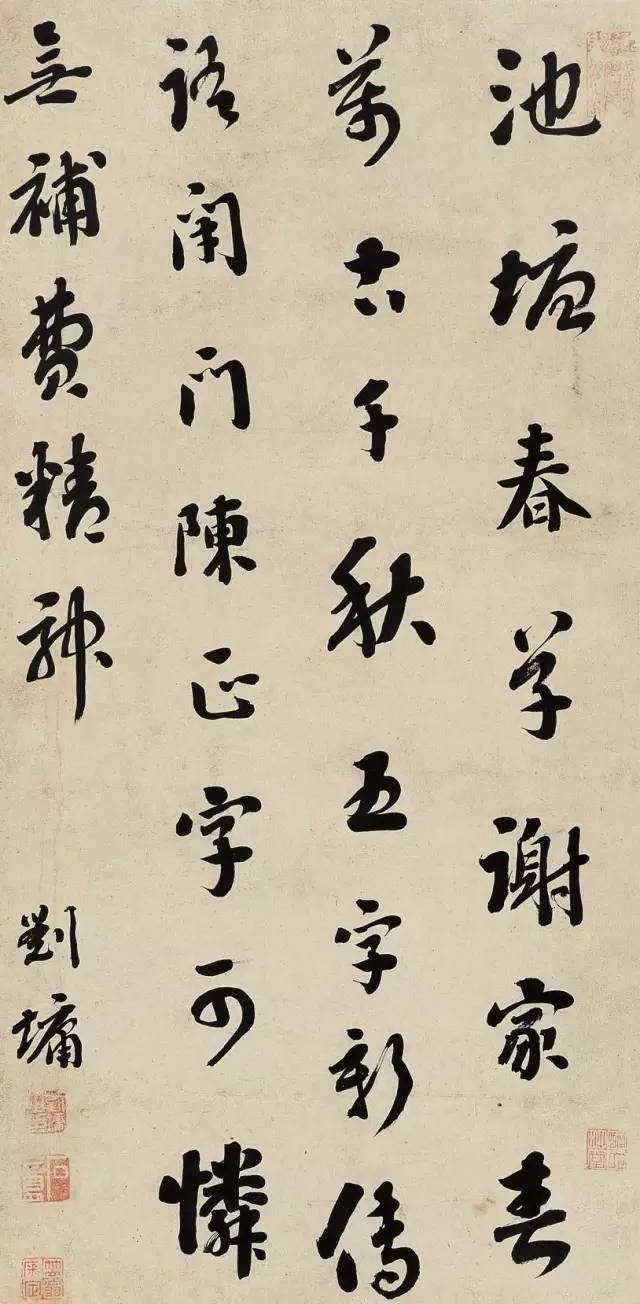
He is well versed in classics and history, is good at ink painting on reed flowers, is good at poetry, and is good at calligraphy. Liu Yong's calligraphy, at first glance, is round and soft, like a ball of cotton. Upon closer inspection, the bones are clear and strong. The realm of Liu Yong's calligraphy can be summarized in three words: "quiet", "light" and "clear". This is what makes him superior to ordinary people, and he is known as the "prime minister of thick ink". The special charm of his calligraphy has been loved by people of all generations.
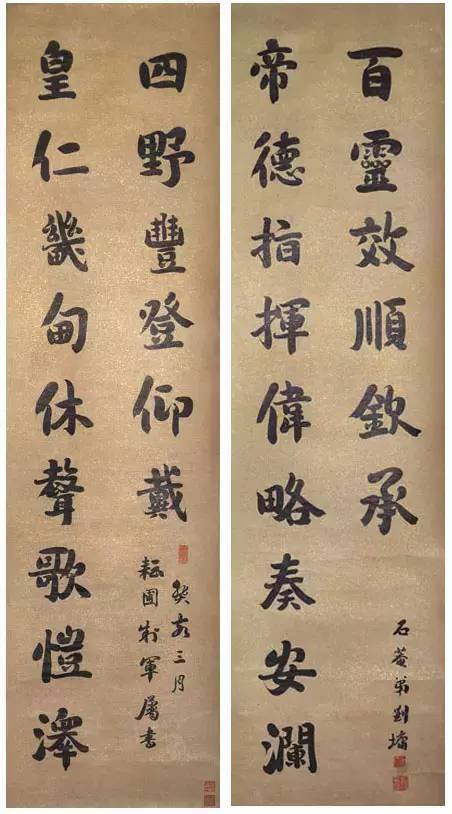
No4: Li Zhaoluo
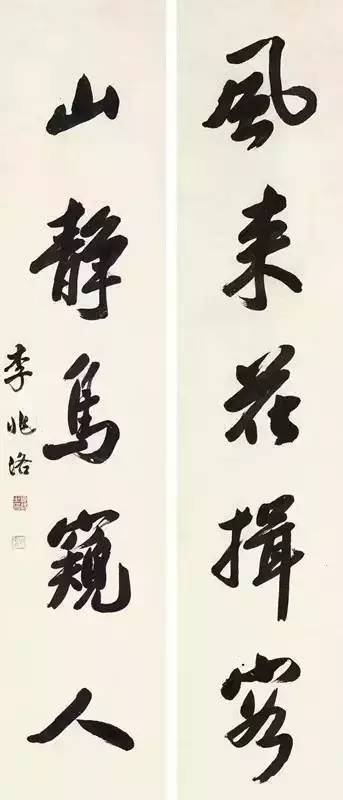
Li Zhaoluo, (1769-1841) was a Jinshi in the seventh year of Jiaqing, and became a county magistrate. After his father's death, he gave up politics and became a lecturer at Jiangyang Academy for more than 20 years, with a collection of 50,000 books. Gong poetry and prose, intensive textual research, and unique study of Tongjian Tongkao, which is very different from the times and has great success. He is the author of more than 20 works including Imperial Wen Dian, Fengtai County Chronicles, and Yang Yizhai Anthology.
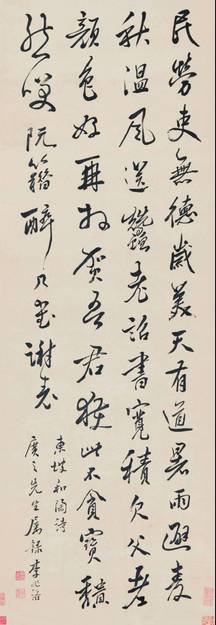
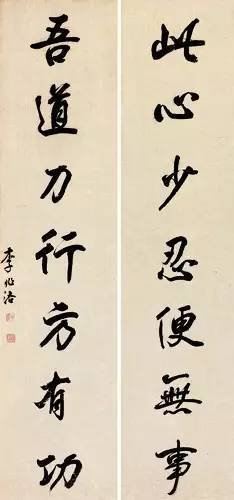
No5: Weng Fanggang
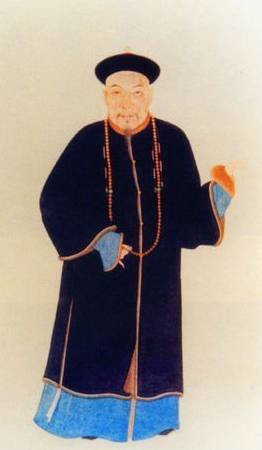
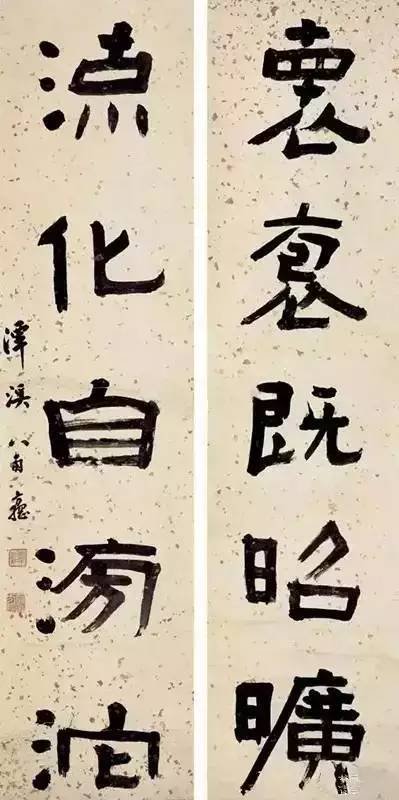
Weng Fanggang (1733-1818) was a Jinshi in the 17th year of Qianlong's reign, and was promoted to a cabinet bachelor. Proficient in poetry and prose, proficient in inscriptions and textual research. Yan Zhenqing, who first studied calligraphy, and Ouyang Xun, who followed the calligraphy, was famous for his strict observance of laws and strong bones. He was also good at official calligraphy. Together with Liu Yong, Yongxing and Tiebao, he was known as one of the four great calligraphers. He is the author of Records of Epigraphy of the Western Han Dynasty, Sumi Zhai Lanting Kao, Fuchuzhai Collected Works, etc.
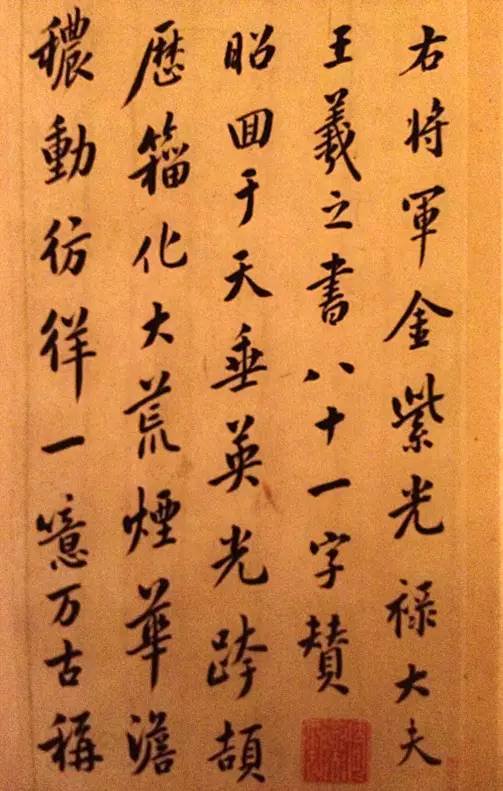
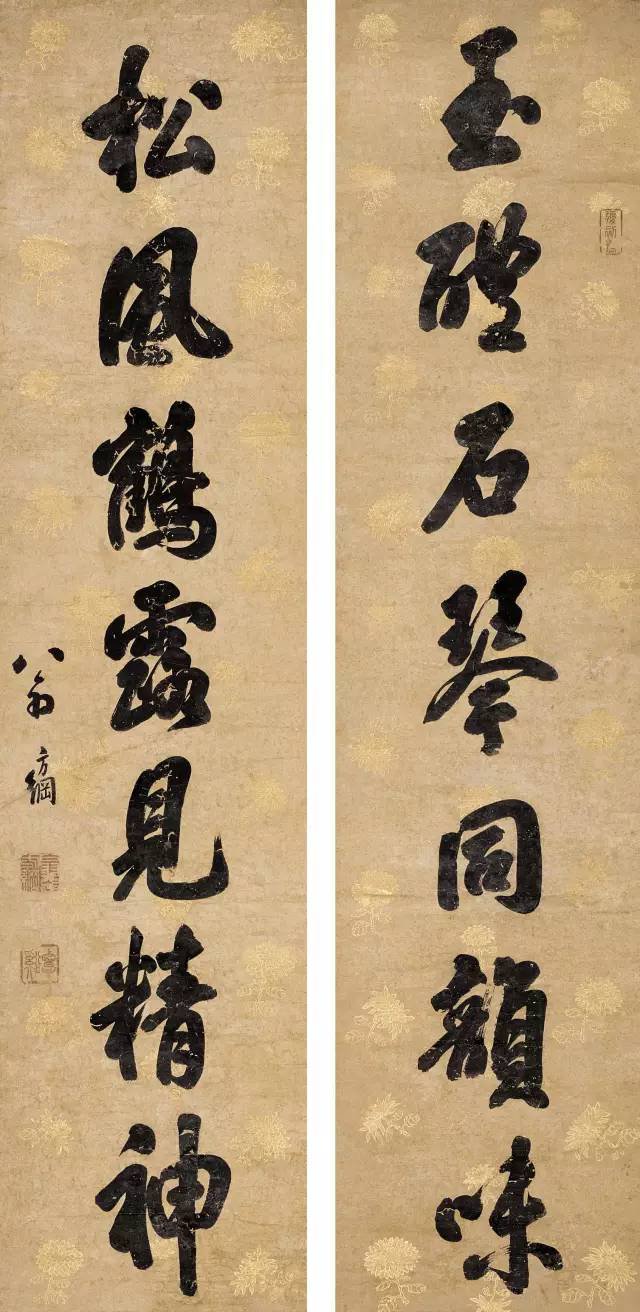
No6: Chen Xizu
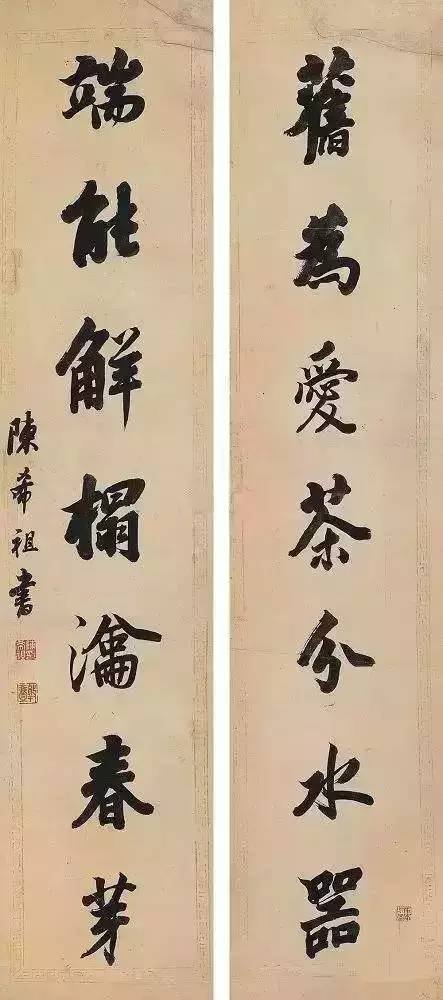
Chen Xizu (1765-1820) was a native of Xincheng, Jiangxi. In the fifty-fifth year of Qianlong's reign, he became a Jinshi and became a supervisory censor. He was dismissed due to illness and accepted Taoist soldiers. Dong Qichang was a famous calligrapher in the last years of Qianlong's reign. He is the author of a collection of poems by Yun Zaixuan.
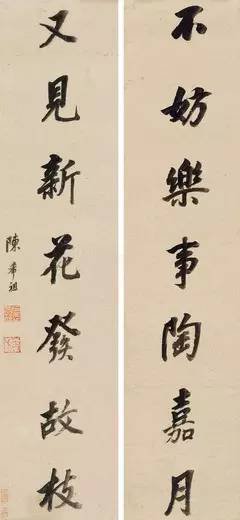
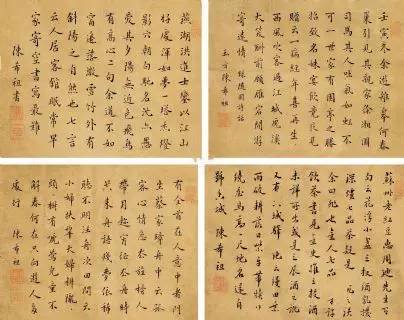
No7: Yao Yuanzhi
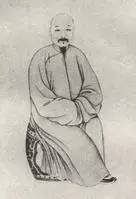
Yao Yuanzhi (1773-1852) was a native of Tongcheng, Anhui. In the seventh year of Jiaqing, he became a Jinshi and went to the Hanlin Academy to offer wine. Accustomed to anecdotes, elegant writing, calligraphy and painting, seal script and cursive writing, he deeply captured the essence of Zhao Mengfu. The pen is not restrained or rushed, the waves are beautiful and the spirit is flying. He is the author of the collection of Little Red Goose Pavilion, eight volumes of Zhuye Pavilion's miscellaneous notes, and three volumes of Shi Aocao.
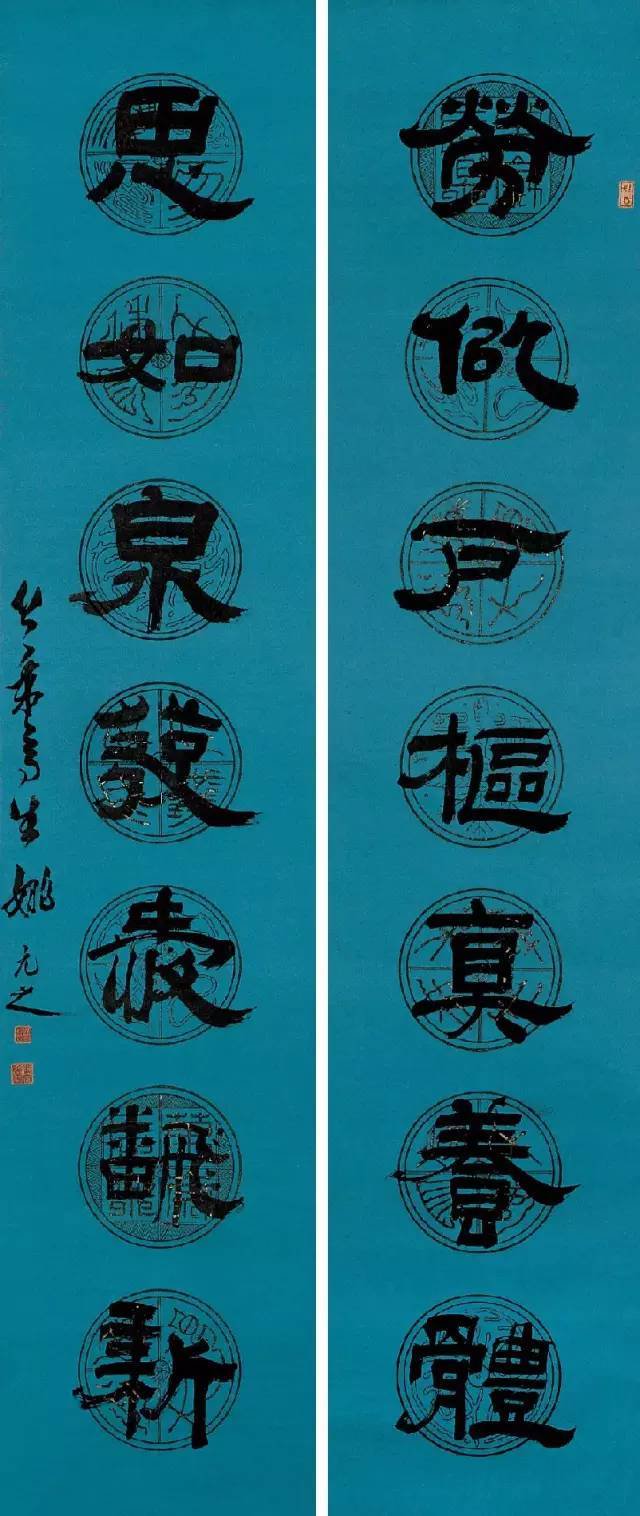
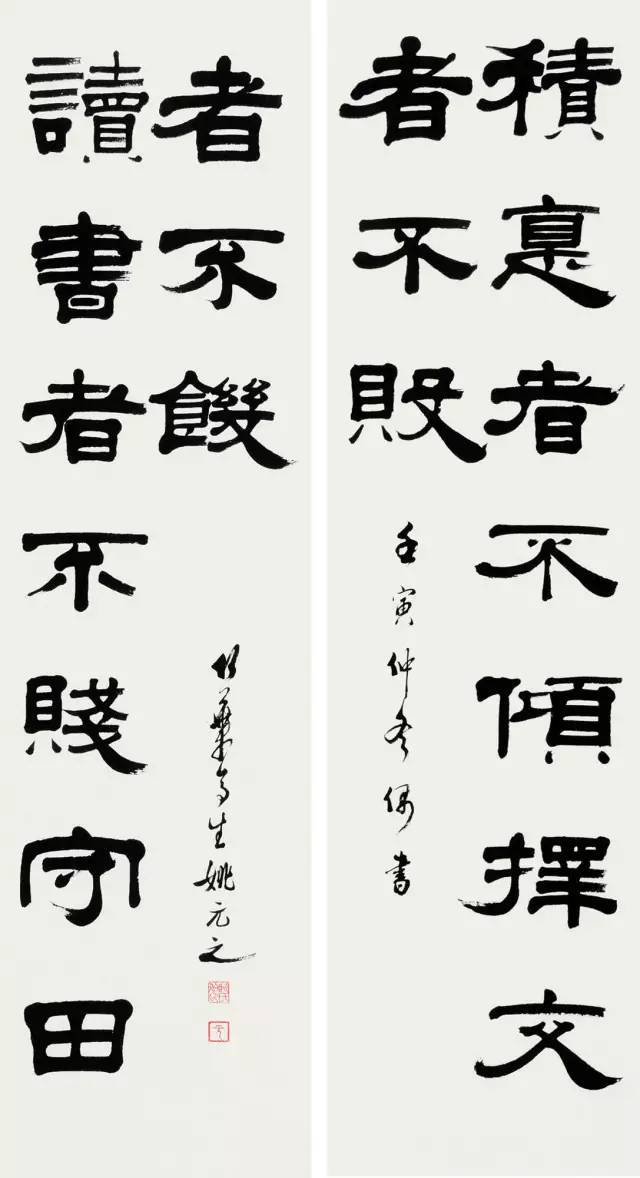
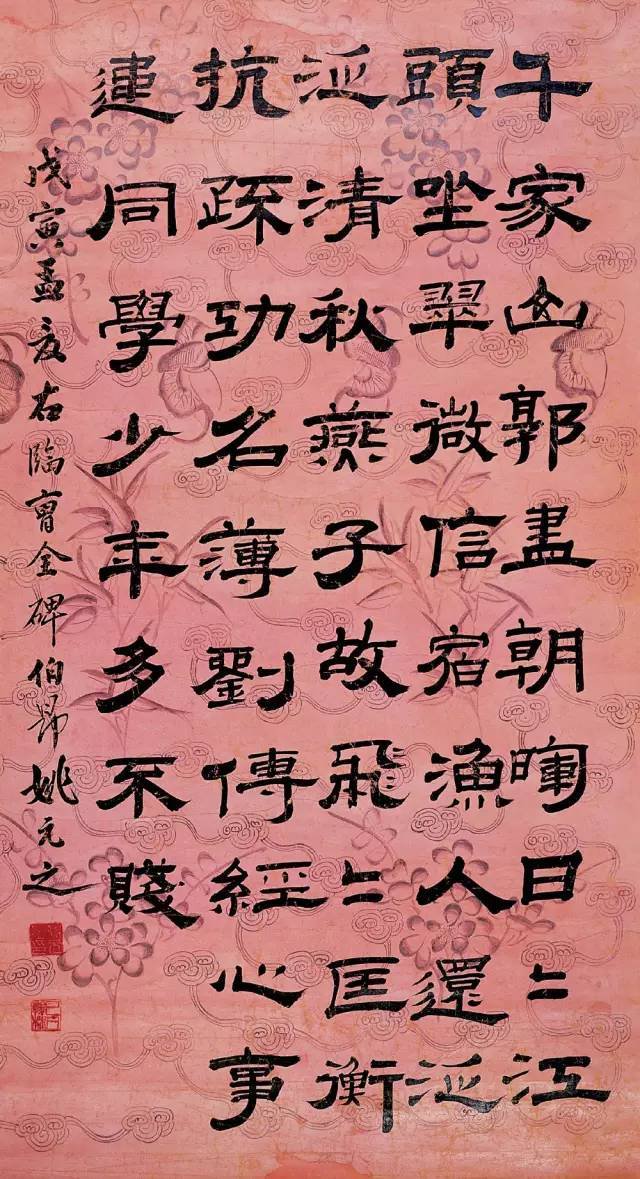
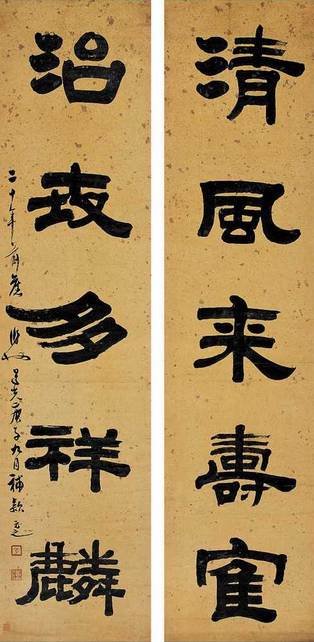
No8: Photo
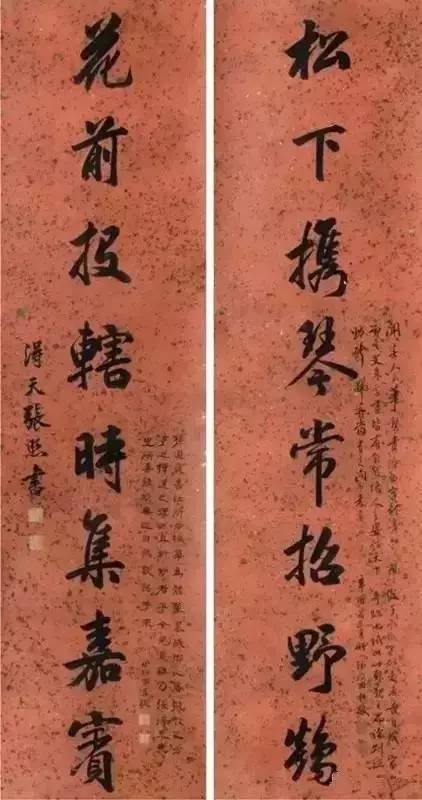
Zhang Zhao, (1691-1745), a native of Songjiang, Jiangsu Province, became a Jinshi in the 40th year of Kangxi's reign, and he reached the rank of Shangshu of the Ministry of Justice and Bachelor of the Cabinet. He has a wise mind and is proficient in dictionaries, has many poems in Zen language, and can draw. The calligraphy is of the essence of Dong Qichang, and the calligraphy is graceful and graceful. It was deeply loved by Qianlong and included in the palace collection. The official calendar spans the three dynasties of Kang, Yong and Qian dynasties. He is the author of Tianpingzhai calligraphy and painting inscriptions and postscripts.
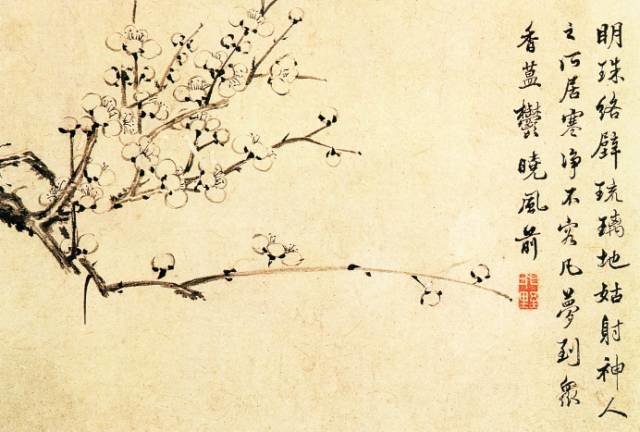
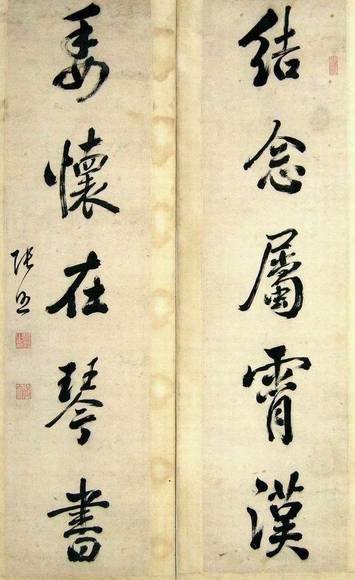
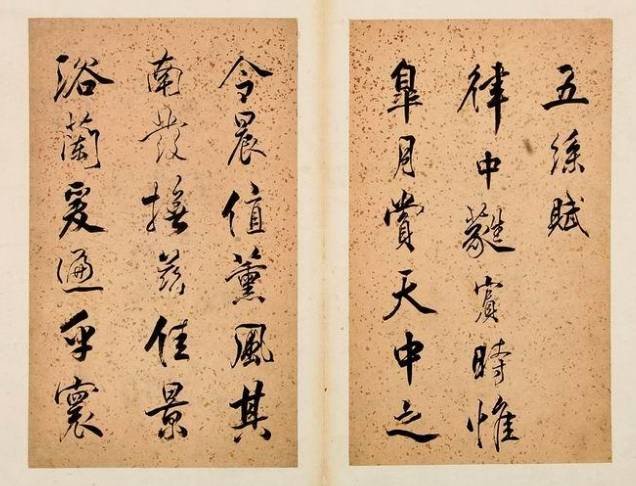
No9: Zhang Tingji
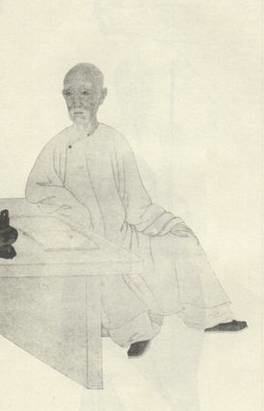
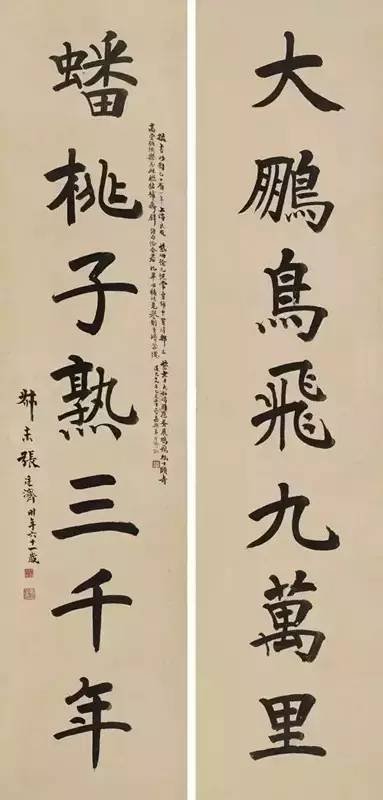
Zhang Tingji (1768-1848) was born in Jiaxing, Zhejiang. Jiaqing three years Jieyuan. Unfit for officialdom, he married Gao Yin and amused himself with books, gold and stones. There are many collections of Ding and Yi steles. He is good at calligraphy, can write cursive script, be good at regular script, and can also paint. He is the author of Qingyi Pavilion Seal Poems, Meishoutang Collection, Guixintang Collection and other works.
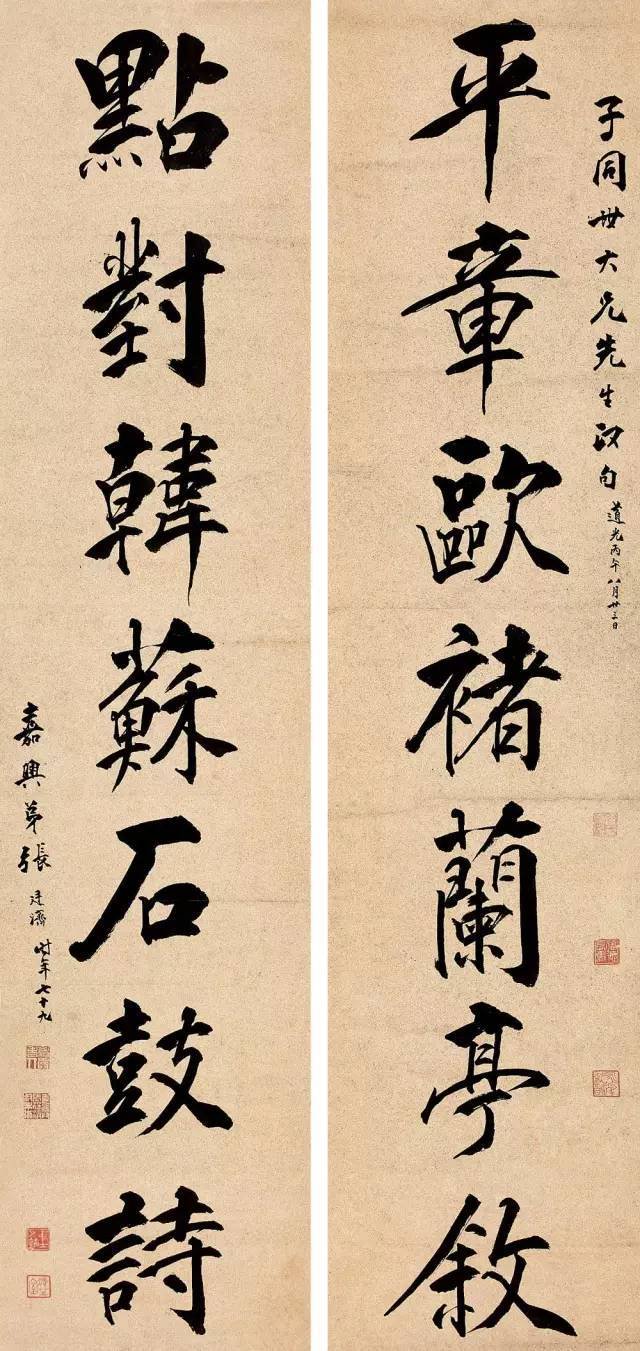
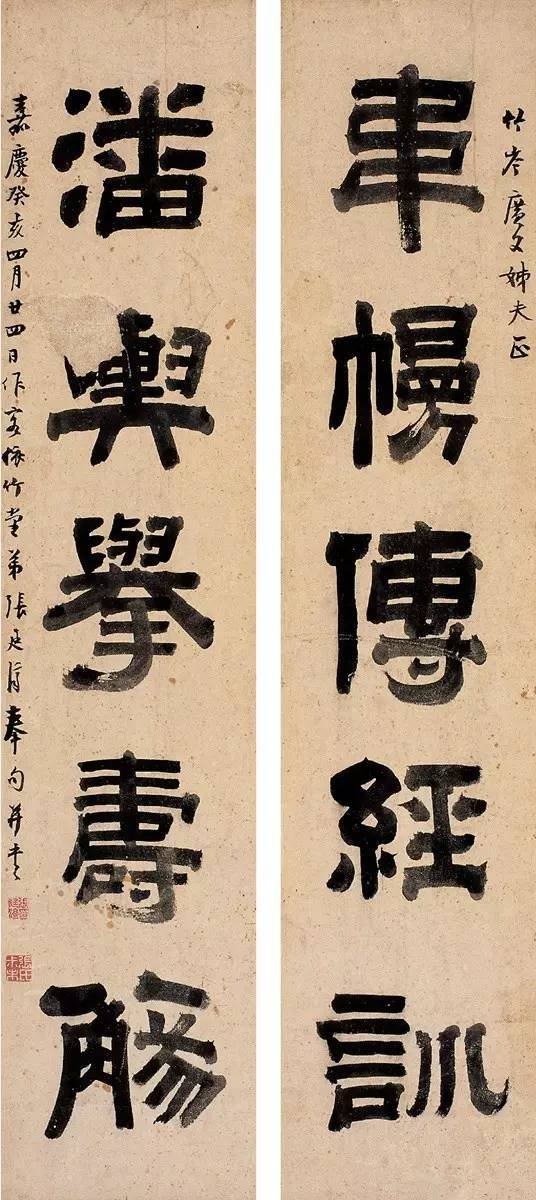
No10: Liang Tongshu
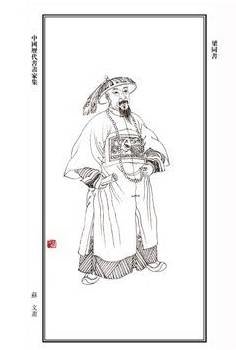
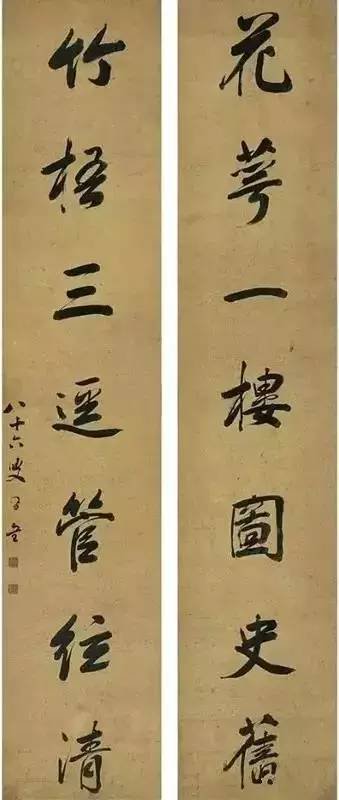
Liang Tongshu, (1723-1815) was a Jinshi in the seventeenth year of Qianlong's reign, and became a bachelor. Erudite, good at calligraphy, good at identification, and quick to judge authenticity. The first method was Yanliu, and the middle-aged method was Mifa. After seventy, it became more and more transformed and became a family of its own. Together with Liu Yong and Wang Wenzhi, he was known as the three major calligraphers during the Qianlong period.
